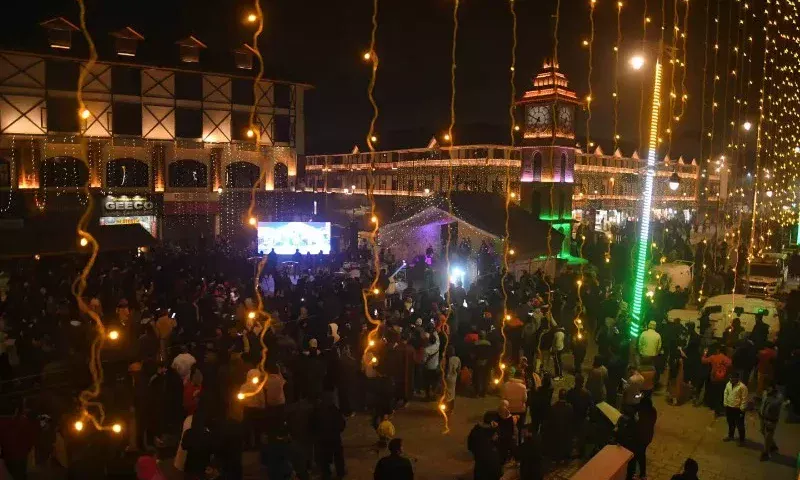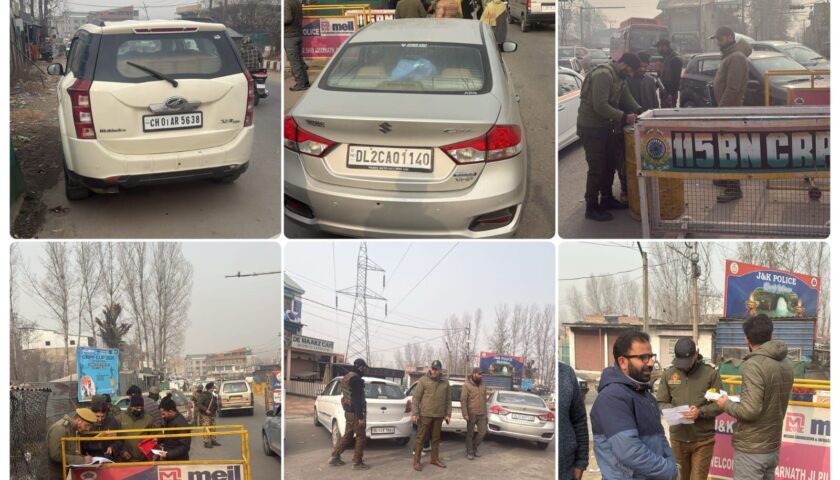Eight children were killed due to pellet shotguns, seven were killed due to injuries by tear smoke shelling and one child reportedly died due to asphyxiation caused by Pelargonic Acid Vanillylamide (PAVA) shell, which are chilly-based munitions.
Every year since 2003, at least 26 children were killed on an average in Jammu and Kashmir, either by government forces, militants, unidentified gunmen, explosions caused by littered shells or because of the shelling between Indian and Pakistani forces at the Line of Control (LOC), a report issued by the Valley’s top human rights group – the Jammu Kashmir Coalition of Civil Society (JKCCS) – shows. Of the total 318 children, 144 were killed by government forces, including J&K police, while unidentified gunmen killed at least 147 children and militants killed 12.
Among those killed by government forces, 110 children were shot dead, the report reveals. The data for this report, which was collected through field work conducted by JKCCS research teams and cross-checking of newspaper reports of last fifteen years, seeks to bring attention to the plight of the children affected by the ongoing conflict in Jammu and Kashmir. The JKCCS report states that “there are no legal and normative processes or practices protecting children’s rights in Jammu and Kashmir” and “no one among the perpetrators of these heinous crimes (against children) has been brought to justice till date”.
Reacting to the JKCCS report, J&K Public Works Minister and official spokesperson of the J&K Government Naeem Akhtar said “this (killing of children) is an ongoing tragedy, taking a heavy toll on lives, property, peace and economy”.
“These are not children of J&K alone, they are children of India and once we see them as our own children, they are not enemy children, it will change the discourse. We must look at Kashmir through the humanitarian prism because that alone will help understand this tragedy,” Akhtar told Kashmir Post. “J&K is, in a way, keeping the entire South Asia away from achieving its real potential – every life is important, but this particular aspect is more tragic and underlines the need for urgent response. It means that the conflict is at the lower most of the age scale which in turn translates itself into longevity of conflict situation – this is not a matter of administrative and legal accountability alone, it won’t settle itself in the absence of a large-hearted outreach and wide political response from the country, especially the prime minister and the strategic community of the country”.
The 63-page report is an “assessment of the violence against children in Jammu and Kashmir in the last fifteen years and gives data on killings, arrests, mass violence, sexual violence perpetrated against children.”
“The fifteen-year period from 2003 to 2017, witnessed not less than 318 killings of children (in the age group of 1 to 17) in various incidents of violence in Jammu and Kashmir. The killing of 318 children constitutes 6.95% of the civilian killings in the last fifteen years, as 4,571 civilians have been killed in the state in the same period.”
In the same time period, at least 16,436 killings were recorded in Jammu and Kashmir, and the majority of them “included alleged militants numbering at least 8537 killings. The numbers indicate that in the last fifteen years, Jammu and Kashmir, in an average year, has witnessed at least 1,095 killings, which belies the government’s claims of ‘return to normalcy’,” the report claims.
Out of 318 children killed, 227 were male children while the gender of the remaining 91 could not be ascertained as it was not reported at the time of the killing. Kashmir division accounts for 67.29 per cent of the total killings of children while Jammu division accounts for 30.18 per cent of the total killings. Out of the total 318 killings of children, 214 took place in Kashmir division while 96 killings occurred in Jammu division; the location of the remaining eight could be not ascertained.
“The pattern of killings of children in the fifteen-year period suggests that children were direct targets of state violence, as part of its stated offensive to curb uprising and militancy,” the JKCCS report states. At least 144 children were killed by the Indian armed forces and state police in Jammu and Kashmir, which alone accounts for nearly half, 44.02 per cent, of the total children killed. Most of the children, at least 110 of them, killed in state violence were shot dead in different incidents of violence, and not less than eight children died due to injuries inflicted from pellet shot-guns fired by government forces. At least 12 children have been killed by militants, “most of these killings have taken place due to explosions of explosive devices like grenade blasts and Improvised Explosive Device (IED).”
The extensive use of tear-smoke shells and pellet shotguns resulted in the killings of at least 16 children. Eight children were killed due to pellet shotguns, seven were killed due to injuries by tear smoke shelling and one child reportedly died due to asphyxiation caused by Pelargonic Acid Vanillylamide (PAVA) shell, which are chilly based-munitions.
The explosive devices were frequently used by the Indian armed forces and 110 children have been killed due to explosions of various kinds, like by grenade blasts, IEDs, landmines or due to the littered shells left by armed forces at encounter sites. The JKCCS report also notes that “The deaths of children due to littered shells is another unfortunate way by which children have been victimised in Jammu and Kashmir, as at least nine children have fallen victims of explosions caused by littered shells as they were fiddling with it”.
Additionally, data shows that of the 318 children killed, 121 children fall in the age group of below 12 years while 154 children killed are between 13 to 17 years. Infants (up to 2 years of age) are also victims of violence as 13 infants are part of the total number. “The youngest victim of violence in Jammu and Kashmir, in last fifteen years, was 10-month-old baby Irfan, who was killed in 2010, when his mother was caught between government forces and protestors in Dangiwacha, Baramulla.”
North Kashmir districts of Bandipora, Baramulla and Kupwara jointly accounted for 110 killings, while the four south Kashmir districts of Kulgam, Anantnag, Shopian and Pulwama accounted for 59 killings. In Jammu division, which recorded 96 killings of children, the twin districts in the Chenab valley region – Poonch and Doda, recorded the highest number of killings of children in the last fifteen years with Poonch recording 26 killings, followed by Doda with 21 killings.
The JKCCS report seeks several immediate measures by the government to address this issue, including, demilitarisation of all educational institutes and play fields and other recreational spaces, which are used by children. It also recommends that peaceful protest demonstrations organised inside or outside the educational institutions should not be criminalised and dealt with any kind of force. Additionally, “all minors detained illegally or under preventive detention should be immediately released”. The report also urges the Government of India and Government of Jammu and Kashmir to “allow free access to Jammu and Kashmir, to the United Nations Special Representative for Children and Armed Conflict and for carrying out investigations into allegations mentioned in this report and for receiving submissions from the victims”.




